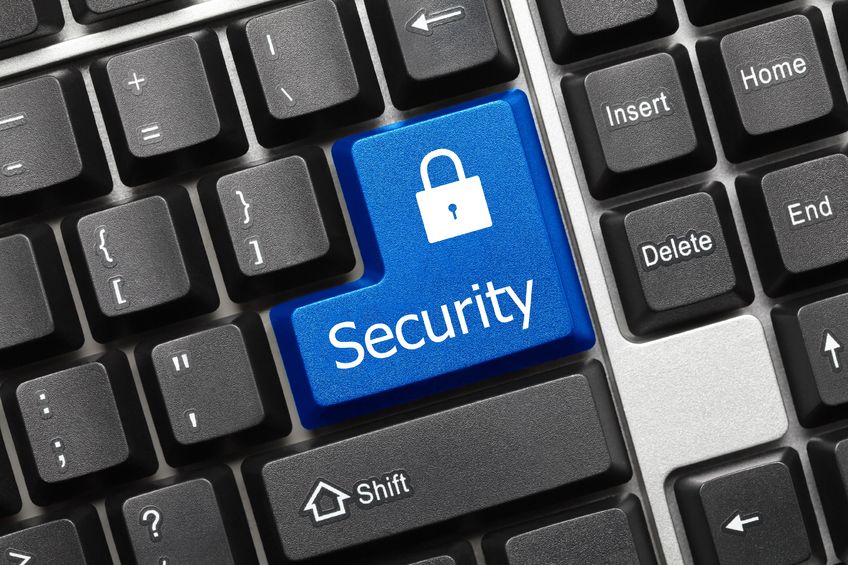
Computer Security Tips
With the ever-increasing news of hacking, ransomware, and viruses, please review the following computer security tips.
Although they apply to computer use in general, these tips are oriented towards the home computer. Please let us know if there are any questions.
Hackers
Email phishing and web site phishing are the most common ways for hackers to gain access.
Be suspicious. If in doubt, make a phone call to verify authenticity.
Check the from address, avoid clicking links, hover over links to make sure they look real.
Never let a stranger remote control your machine.
Never click on popups or install software. Close them using Windows task manager (Ctrl-Alt-Del) or Mac Force Quit (Apple menu). If that doesn’t work just shut off your computer.
Updates
Use the latest OS: Windows 10 or Mac OS 10.12 Sierra.
Apply updates both to your OS and your applications. Important updates will happen automatically.
To update manually, in Windows click start and type ‘updates’, on a Mac, open the App Store and click updates.
The startup process is used to complete many updates. You should be restarting your computer at least once a week.
Passwords
Make your important passwords different in case one of them gets hacked.
Use two factor authentication wherever you can. This is the feature that sends you a text message to verify a password.
Use a password manager. Lastpass, Keepass, Dashlane, 1Password are some examples.
Social Media
When selecting privacy settings, err on the side of privacy, limiting who has access to see your information.
Don’t post your email address unnecessarily.
Assume everything you post online may one day be NOT private.
Backups
Important documents /photos should be backed up.
For most people cloud storage is the easiest way to do this: Apple iCloud, Microsoft OneDrive / Office 365, Dropbox, Amazon Drive